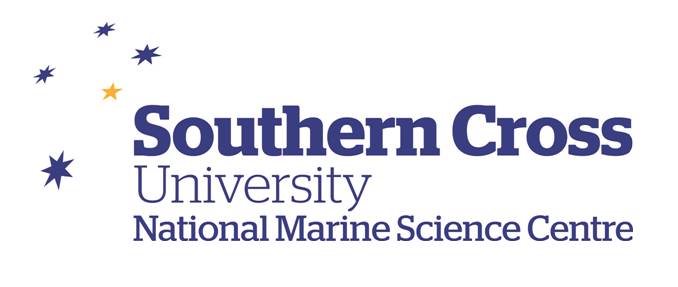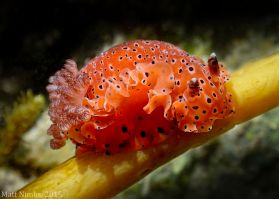
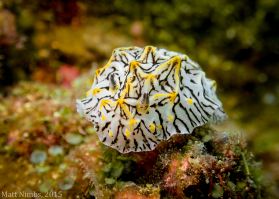
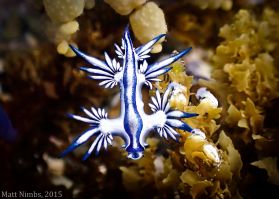
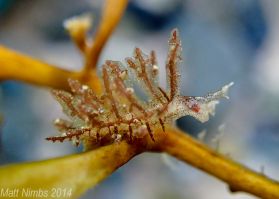

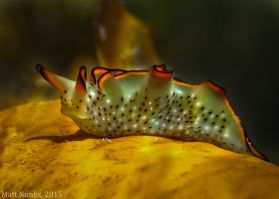






NudiKey was developed with the intention of providing ready access to an interactive identification tool to the Australian families of heterobranch sea slugs. The key takes existing taxonomic information and presents it in a format that can be used by anyone with an interest in identifying Australian sea slugs. In many cases it should be possible to identify an animal to family level using external features alone, however the distinction between some physically similar families may require internal examination and such cases are beyond the scope of this key. Photographs of living adult (in most cases more than 10 mm crawl length) animals that include overhead and profile views may contain enough physical features to secure an identification. In some cases observation of movement or behaviour will greatly aid identification. For example, among the nudibranchs, determining whether gills and rhinophores contract or retract is a useful diagnostic characteristic.
There are
several families that consist, or mostly consist,
of species that are, on casual observation, more like marine snails than
sea slugs due to the presence of a shell that is proportionally large
compared to the body. There are also families that contain species that
are mainly infaunal (found only in sediments) or are wholly planktonic
(live in open water). Many of these families are not included in
the key (a list of excluded taxa are listed below):
Cephalaspidea
Ringiculidae - animals that possess a shell which is scultured much like a prosobranch
Cylindrobullidae - not found in Austalian waters
Retusidae - small, infaunal animals
Cylichnidae - infaunal, living within the top few centimetres of soft muddy sediments
Philinoglossidae - not found in Australian waters
Bullactidae - not found in Australian waters
Notodiaphanicae - not found in Australian waters
Diaphanidae - small, infaunal animals
Acochlidea
Acochlidiidae - not found in Australian waters
Hedylopsidae - not found in Australian waters
Asperspinidae - not found in Australian waters
Microhedylidae - interstitial, infaunal animals
Ganatidae - infaunal animals
Rhodopomorpha
Rhodopidae - small, infaunal and epiphytic animals - only one specimen found in Victoria.
Sacoglossa
Gascoignellidae - not found in Australian waters
Platyhedylidae - not found in Australian waters
Thecosomata - wholly planktonic animals
Limacinidae
Cavoliniidae
Peraclididae
Cymbulliidae
Desmopteridae
Gymnosomata - wholly planktonic animals
Pneumodermatidae
Notobranchaeidae
Cliopsidae
Clionidae
Hydromylidae
Reference
Rudman and Willan 1998.
